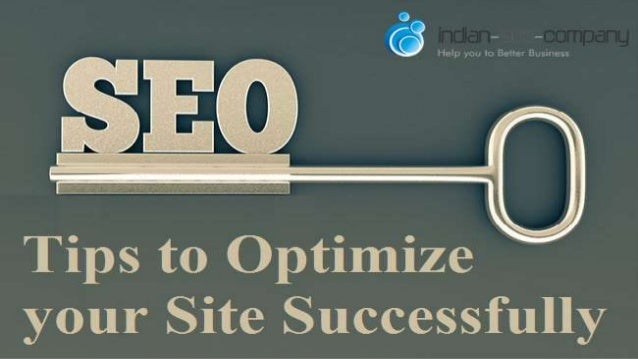
The keywords and page titles of your site are two of the most important signals that search engines such as Google when ranking your website for search queries.
As we saw in our explanation of SEO ranking factors, page-level keywords and agnostic features make up around 23% of the search engine-ranking algorithm. That’s almost one-quarter of the ranking factors used in SEO!
On-Page SEO for Beginners
The following page provides a complete guide for on-page optimization for beginners.
1. Title Tag
The Title Tag is the most important, individual element that Google uses to understand the relevance and context of a page. The title tag instructs Google what the page is about.
A good title tag also encourages a higher click-through rate (CTR) from users in the search engine results.
The HTML verison of a Title tag looks like this:
<head>
<title>Example Title</title>
</head>
<title>Example Title</title>
</head>
Tips:
- When writing title tags, it’s important to include your primary keywords (and ideally secondary keywords) in the title as early as possible. Many SEO studies have shown clear correlation between search engine rankings and how early a keyword appears in the title tag.
- The maximum length of a title tag should be 70 characters; if you go over this limit then your title tag will get cut off and become truncated in the search engine results page.
- Don’t just stuff keywords in your title tag. Your title tag should primary be built for users and provide a clear, useful description for the content of your page.
- Including your brand name at the beginning or end of your title tag can help with brand awareness.
2. H1 Tag (Headline Tag)
The H1 Tag is the main headline of the article and should start above the article content.
The HTML for the H1 tag looks like this:
<h1>Header</h1>
Tips:
- Although the H1 tag used to be very important in SEO, it’s importance has gradually been declining
- Multiple H1 tags on a single page are fine as long as you don’t over do it. This is according to Matt Cutts in his video.
3. Using Keywords in the Body Text
Using your primary and secondary keywords in the article body is just as important as the title tag itself.
Search engines such as Google analyze the context of a webpage by looking at the keywords and context of an article. Using various keywords in your article will also help your webpage rank for both short-tail and long-tail queries, as explained in our keyword research article.
Tips:
- In the past, SEOs recommended a minimum of 2% keyword density for your target keyword. However, as search engines evolved, they’re now capable of understanding the topical relevancy and using synonyms to understand article context. This means you should focus on using plenty of synonyms and avoid over-optimizing your content.
- A number of studies have proven that all things being equal, longer content outperforms shorter content. Google has been getting much better at understanding the complexity and quality of content in recent years. This means you should aim to invest in high quality, long-form content to help your rankings.
Making sure that your primary keywords are contained in your URL is another advantage in SEO.
For example, if I’m writing an article about on-page optimization then I’m better off with the URL “http://MyWebsite.com/onpage-opti...” then compared to “http://MyWebsite.com/seo-lesson-2”.
Tips:
- The URL structure of your website should generally be created with the /%postname% structure. These settings can be configured in the Permalinks section of your site if you’re using WordPress.
- Shorter URLS look cleaner and are better for users.
- Primary keywords in the domain name is another huge advantage
5. Images and Image Alt Attributes
Inserting relevant images into your article can also improve the perceived user value and SEO rankings for keywords.
Make sure that when you insert images into your post or page that you fill in the image name and ALT attributes (this is how Google currently understands the relevant and context of images, however this is likely to change in the future as Google is able to “read” images).
Not only will inserting and classifying images correctly help you generate more traffic from image searches but they’ll also help your page rank in the search engines.
6. Internal and External Links

Links are by far the single most important factor that Google uses when measuring the authority and trust of a webpage.
Although we’ll discuss more about link building in another lesson, it’s important that you internally link to important pages as much as possible with relevant anchor text. This is not only great for SEO but also good for user experience and increasing a website’s page views.
A good website architecture should also mean that you can get to any single page on your site in 3-4 clicks or less.
7. Meta Tags and Meta Description
In the past, Google relied heavily on Meta tags and description just like your title tag and H1. However, this has now changed and Google has confirmed that they give no weight to your meta tags in SEO.
However, although Meta description isn’t necessary for SEO, a well written meta description may help increase the CTR% in the search engine results page, which is a ranking signal in itself. Therefore, I would recommend filling in your Meta description for your most important pages.
























No comments:
Post a Comment